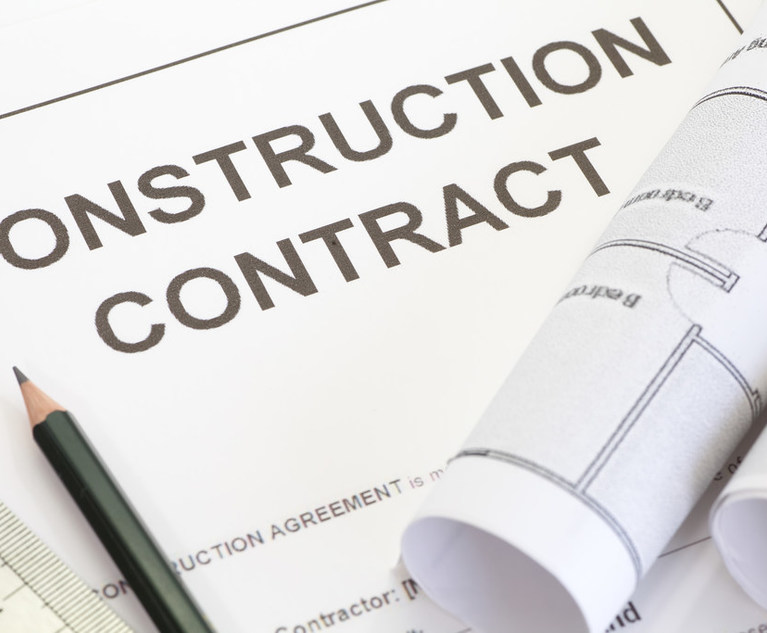In my column, “CPLR 5518, 5519: Distinction, Stays and Mootness in Construction Cases, Part I“ and “Part II,” Jan. 14, 2021 and Jan. 15, 2021, respectively, I noted Weeks Woodlands Ass’n v. Dormitory Auth. of State, 95 A.D.3d 747 (1st Dep’t 2012), aff’d 20 N.Y.3d 919 (2012), wherein the First Department enunciated the general rule in mootness analysis that “a petitioner seeking to halt a construction project must move for injunctive relief at each stage of the proceeding:”
“the primary factor in the mootness analysis is the challenger’s failure to seek preliminary injunctive relief or otherwise preserve the status quo to prevent construction from commencing or continuing during the pendency of the litigation”; “generally, a petitioner seeking to halt a construction project must move for injunctive relief at each stage of the proceeding.”
On March 2, 2021, the First Department decided Comm. for Environmentally Sound Dev. v Amsterdam Ave. Redevelopment Assoc., 194 A.D.3d 1 (1st Dep’t 2021), wherein the Appellate Division reversed the order of the Supreme Court which annulled the determination by the Board of Standards (BSA) and Appeals to approve a new 55-story condominium building at 200 Amsterdam Avenue, along with an order directing the demolition of an unspecified number of floors from the building. The First Department, citing Weeks, reaffirmed that “injunctive relief [must be sought] at each stage of the proceeding”:
While petitioners moved for injunctive relief in April 2019, Supreme Court denied the motion and permitted “the construction to continue until the BSA’s resolution is finalized.” Significantly, although petitioners filed a notice of appeal from this decision on May 21, 2019, and Amsterdam twice agreed to extend petitioners’ deadline to perfect, petitioners abandoned their appeal of the order denying their April 2019 motion for injunctive relief. Petitioners failed to pursue their appellate remedies, and the building was substantially completed. It is undisputed that Amsterdam spent an additional $50 million in construction costs, of the $500 million spent in total. The building had risen 53 floors with the curtainwall installed through the 32nd floor. Accordingly, we find petitioners did not “move for injunctive relief at each stage of the proceeding” (emphasis provided).


 Shutterstock.com
Shutterstock.com




